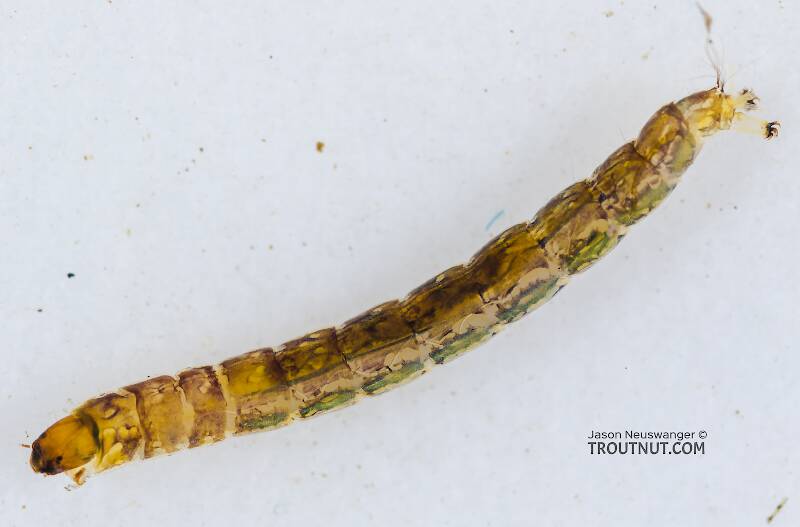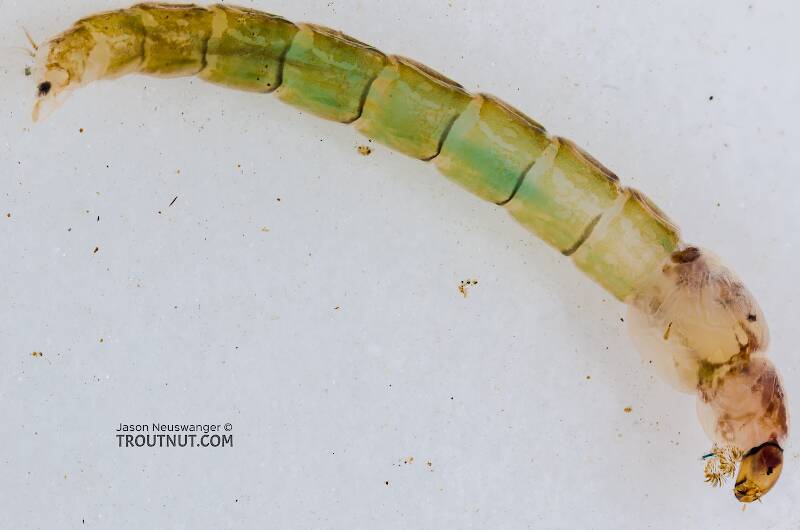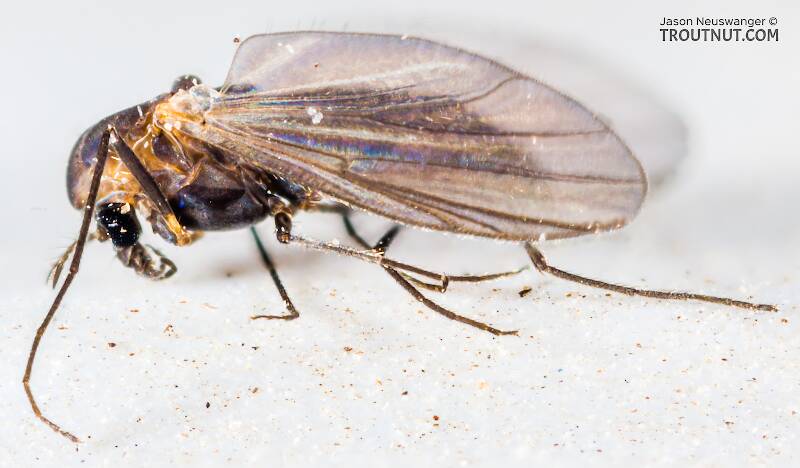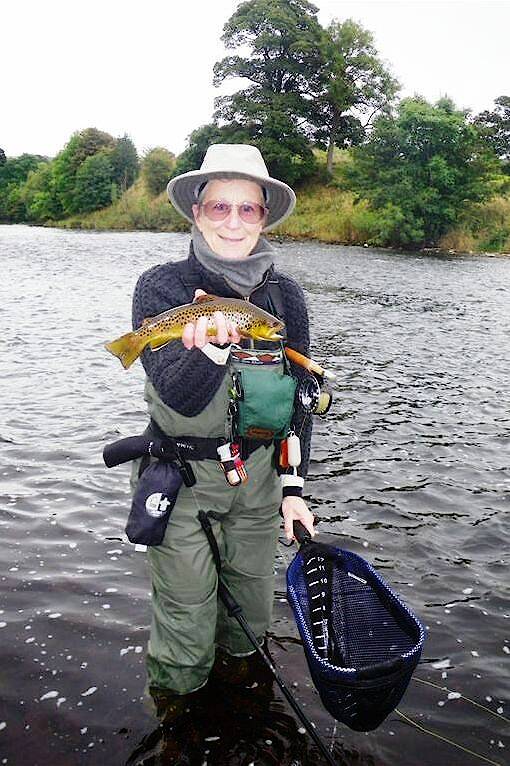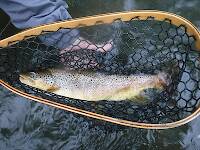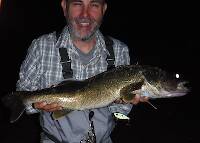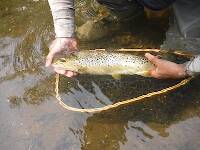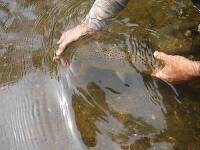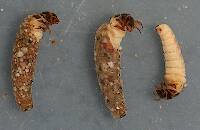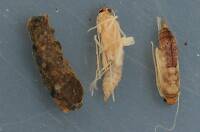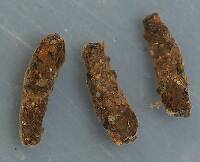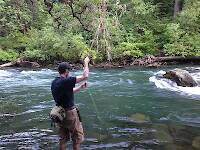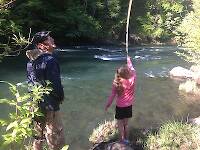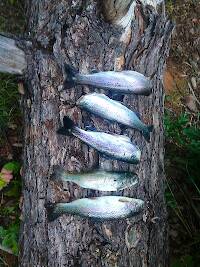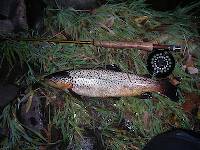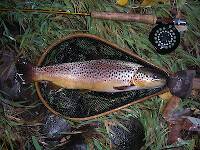
Salmonflies
Pteronarcys californica
The giant Salmonflies of the Western mountains are legendary for their proclivity to elicit consistent dry-fly action and ferocious strikes.
Featured on the forum

This one pretty clearly keys to Kogotus, but it also looks fairly different from specimens I caught in the same creek about a month later in the year. With only one species of the genus known in Washington, I'm not sure about the answer to this ID.

Troutnut is a project started in 2003 by salmonid ecologist Jason "Troutnut" Neuswanger to help anglers and
fly tyers unabashedly embrace the entomological side of the sport. Learn more about Troutnut or
support the project for an enhanced experience here.
This topic is about the True Fly Family Chironomidae
Midges are the most important aquatic insects in some places, especially fertile spring creeks where they are extremely abundant and the current is so slow that it's efficient for trout to surface feed on very tiny insects.Some midges are large, up to hook size 14, but the majority are size 22 or smaller. The number of genera and species is hopelessly huge for angler entomologists to ever learn, and the identifing characteristics often require slide-mounting tiny parts under high-powered microscopes. Even the most Latin-minded fisherman must slip back to the basics--size and color--to describe his local midge hatches.
Example specimens
CaseyP on Dec 21, 2007December 21st, 2007, 11:59 am EST
are midges and gnats different bugs? if so, how? am tying midge larvae and pupae, and buying Griffith's Gnats and wondering if it's all in the family.
"You can observe a lot by watching." Yogi Berra
Martinlf on Dec 21, 2007December 21st, 2007, 1:18 pm EST
Hi Casey,
The Griffith's Gnat is often used as a midge cluster imitation, or in smaller sizes as a hatching midge imitation. It frequently works when other flies fail, and many consider it a go to fly for tough fish that are taking midges. It can also serve as a great indicator when you're fishing pupae or larvae underneath by tying a dropper to the Griffith's Gnat (hook bend or eye) and a sunken fly to the other end of the dropper. By the way, how's the skiing? :)
Happy Holidays!
The Griffith's Gnat is often used as a midge cluster imitation, or in smaller sizes as a hatching midge imitation. It frequently works when other flies fail, and many consider it a go to fly for tough fish that are taking midges. It can also serve as a great indicator when you're fishing pupae or larvae underneath by tying a dropper to the Griffith's Gnat (hook bend or eye) and a sunken fly to the other end of the dropper. By the way, how's the skiing? :)
Happy Holidays!
"He spread them a yard and a half. 'And every one that got away is this big.'"
--Fred Chappell
--Fred Chappell
Taxon on Dec 21, 2007December 21st, 2007, 4:25 pm EST
are midges and gnats different bugs? if so, how?
No, Casey. Both midge and gnat are colloquial names applied to various families within suborder Nematocera (longhorned flies) of order Diptera (true flies). This is somewhat easier to visualize at Aquatic True Fly Taxonomic Structure.
Martinlf on Dec 22, 2007December 22nd, 2007, 1:38 pm EST
Thanks Roger. I was comfortable with the tying question, and supposed that we were dealing with common names here, but wanted to leave the fine print to the bug guys.
"He spread them a yard and a half. 'And every one that got away is this big.'"
--Fred Chappell
--Fred Chappell
Quick Reply
Related Discussions
Topic
Replies
Last Reply
13
Jun 29, 2011
by Softhackle
by Softhackle
35
May 22, 2015
by Taxon
by Taxon


